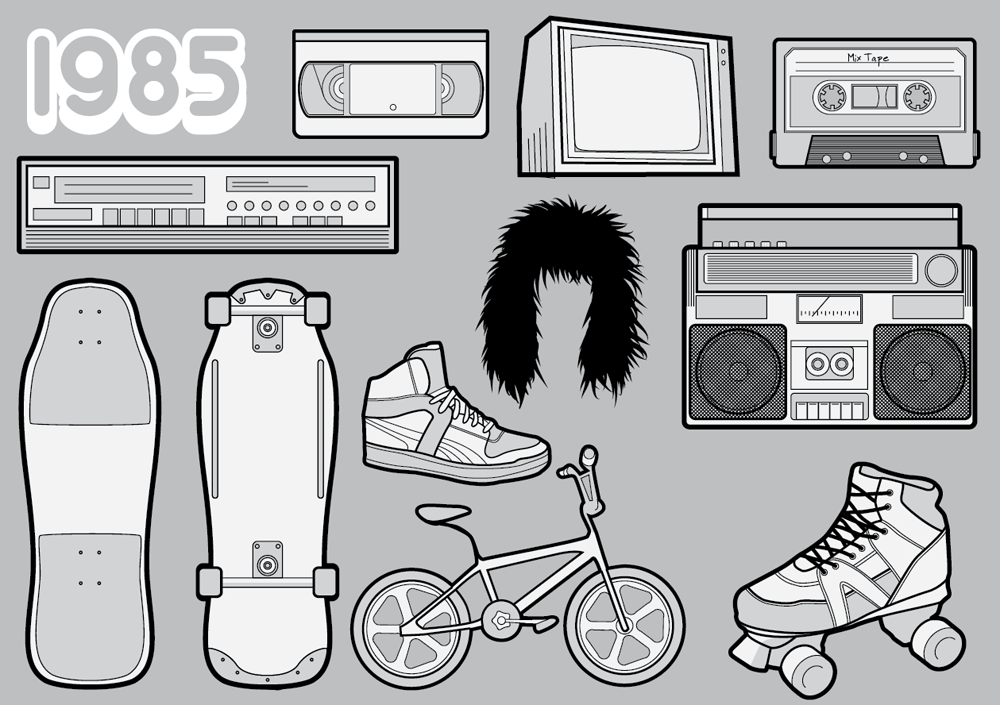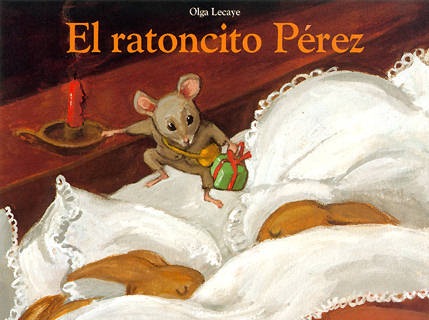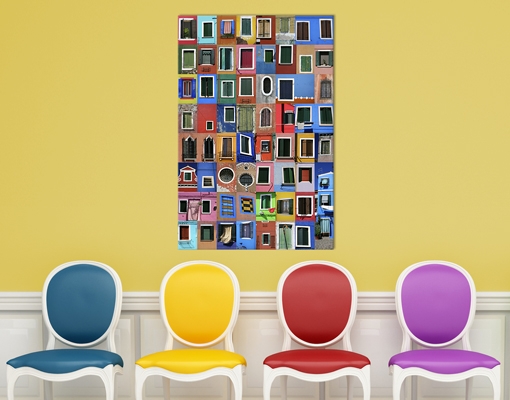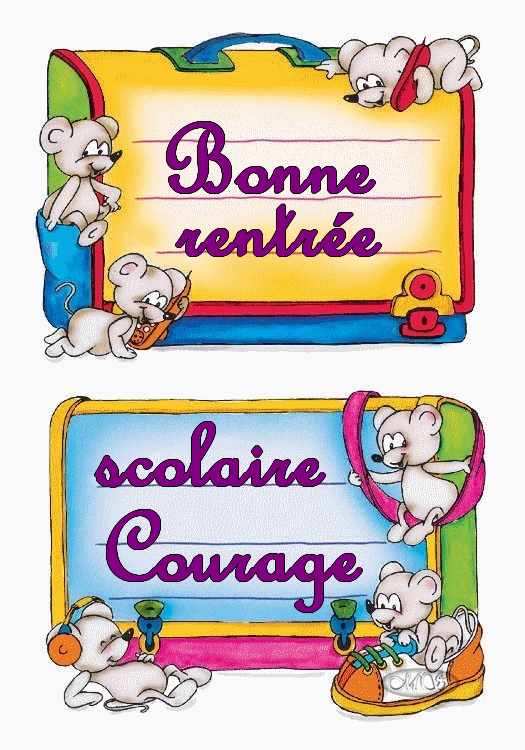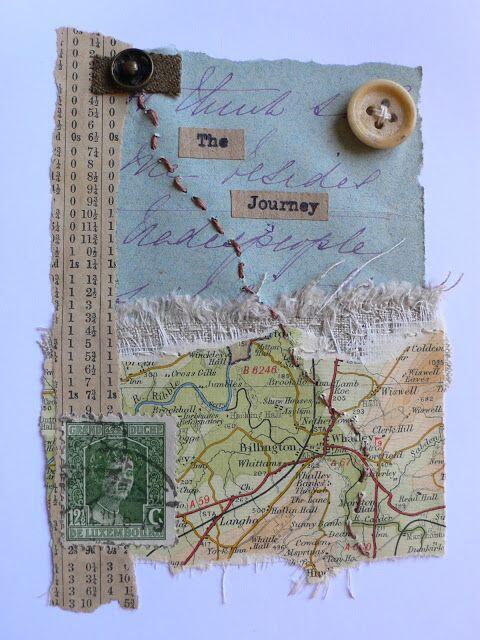Strange title I know - "going back,to get to the future" but this is a possible learning opportunity with Year 6 during this final Summer half term !
I am very excited about the work some of my colleagues will be undertaking this half term with their Year 6 language learners!
Some of my local colleagues have decided this half term to work with their Year 6 classes to explore other target languages -
Take a look at this message from our Janet Lloyd Network Facebook page from @Deprezprez on 31 May this year !
The experiment is a sort of "blast from the past" for myself really!
In 1995 I began working as a primary languages teacher with Year 6 children in a local primary school.The children were in a feeder school to a language college where half the children would learn French and half the children would learn German in KS3 Y7. I decided to teach half a term of French followed by half a term of German througout the school academic year.The same content and activities were used in both half terms but in alternate languages.So many of the children thought German was more fun and that it was easier and at first as a Germanist I was very excited about this .I had obviously created lots of "German" language enthusiasts...then I realised what was actually happening.The young language learners were relaxed during the second half term as we re-applied skills and participated in very similar activities from the first half term. In my opinion they were relaxed and learned effectively because they had already practised the language learning skills in French!
Let's go back to when I started teaching in 1985... maybe a similar thing was happening there too?
Our "top sets" learned a second foreign language and were called the "accelerated language learning group" because they started their second foreign language in their third year at high school.
"Mmm?"I ask myself as I look back , maybe other children could have achieved this too? Should we have identified more clearly the skills that we were practising with all our language learners? Just a thought!
And if we go right back in to my past..... why am I a Germanist? Well,I learned French as my first foreign language alongside Latin and then two years later- German. I thought I was better at German- but was I?
Maybe I applied skills effectively that I had already practised in French and this helped me to access German more quickly (memory,recall, listening,speaking, reading aloud confidently,using a bilingual dctionary etc)? This was probably on reflection proven at University ,but I didn't realise this at the time.It was expected that we studied Dutch or Swedish for two years whilst studying German and within those two years we reached A Level standard in the language. I love drama and reading texts such as Miss Julie by Strindberg in Swedish was a delight and that has always stayed with me! Did I realise at the time that I was using transferable skills?
It seems to me that skills help make you more confident to try to communicate in another language.In the last couple of years I have had to begin to understand and communicate at a limited level in Spanish and I find my understanding of the transferable language learning skills so useful and so powerful!
And why do I believe that this is for more then just the "linguistically" able?Well the truth is that I am a "trained" not "true" linguist!
Yes I love languages and exploring languages and helping others to do the same!
My first love is being able to communicate and be creative with language and text!
On reflection I have become very adept at transfering skills and analysing language and looking for grammatical and structural patterns.
So this half term is maybe less of a great experiment and more of a great celebration!
The Year 6 learners are about to start the next stage in their great language learning adventure. We hope our activities this half term will help our young learners see the links between languages and how the mystery of language learning, isn't really an unsolvable mystery and that language learning skills and tools are transferable life long powerful assets!
The experiment does demand that the children trust us,are confident and excited about exploring a new language/culture and want to see how the practise of language learning skills during their primary career can be used to access language a new language.
Skills? Well ....here are a few for starters!
I am very excited about the work some of my colleagues will be undertaking this half term with their Year 6 language learners!
Some of my local colleagues have decided this half term to work with their Year 6 classes to explore other target languages -
- to excite and enthuse Year 6 learners with a new language
- to see how language learning skills are transferable and can help access a new language
- to help our young language learners realise that they are now ready for secondary school and KS3 language learning and maybe a new language challenge!
- to encourage our young learners as they leave primary to see that they are at the start of a very exciting language learning journey not necessarily stuck in one foreign language!
Take a look at this message from our Janet Lloyd Network Facebook page from @Deprezprez on 31 May this year !
Looking forward to starting to teach Spanish to my Year 6s at Burtonwood CP and Locking Stumps CP this half-term after many years learning French!! Will be a great challenge for them and interest after the SATs come down!
In my opinion learning a language involves risk taking and involves the transfer of both prior learning and skills.
We all need to be able to make mistakes and feel that we can try again and certainly be able to overcome the feeling that if it's not perfect use of language then there is no communication!
Primary language learners need to be able to take risks, make mistakes,have another go and try to improve!The experiment is a sort of "blast from the past" for myself really!
In 1995 I began working as a primary languages teacher with Year 6 children in a local primary school.The children were in a feeder school to a language college where half the children would learn French and half the children would learn German in KS3 Y7. I decided to teach half a term of French followed by half a term of German througout the school academic year.The same content and activities were used in both half terms but in alternate languages.So many of the children thought German was more fun and that it was easier and at first as a Germanist I was very excited about this .I had obviously created lots of "German" language enthusiasts...then I realised what was actually happening.The young language learners were relaxed during the second half term as we re-applied skills and participated in very similar activities from the first half term. In my opinion they were relaxed and learned effectively because they had already practised the language learning skills in French!
Let's go back to when I started teaching in 1985... maybe a similar thing was happening there too?
Our "top sets" learned a second foreign language and were called the "accelerated language learning group" because they started their second foreign language in their third year at high school.
"Mmm?"I ask myself as I look back , maybe other children could have achieved this too? Should we have identified more clearly the skills that we were practising with all our language learners? Just a thought!
And if we go right back in to my past..... why am I a Germanist? Well,I learned French as my first foreign language alongside Latin and then two years later- German. I thought I was better at German- but was I?
Maybe I applied skills effectively that I had already practised in French and this helped me to access German more quickly (memory,recall, listening,speaking, reading aloud confidently,using a bilingual dctionary etc)? This was probably on reflection proven at University ,but I didn't realise this at the time.It was expected that we studied Dutch or Swedish for two years whilst studying German and within those two years we reached A Level standard in the language. I love drama and reading texts such as Miss Julie by Strindberg in Swedish was a delight and that has always stayed with me! Did I realise at the time that I was using transferable skills?
It seems to me that skills help make you more confident to try to communicate in another language.In the last couple of years I have had to begin to understand and communicate at a limited level in Spanish and I find my understanding of the transferable language learning skills so useful and so powerful!
And why do I believe that this is for more then just the "linguistically" able?Well the truth is that I am a "trained" not "true" linguist!
Yes I love languages and exploring languages and helping others to do the same!
My first love is being able to communicate and be creative with language and text!
On reflection I have become very adept at transfering skills and analysing language and looking for grammatical and structural patterns.
So this half term is maybe less of a great experiment and more of a great celebration!
The Year 6 learners are about to start the next stage in their great language learning adventure. We hope our activities this half term will help our young learners see the links between languages and how the mystery of language learning, isn't really an unsolvable mystery and that language learning skills and tools are transferable life long powerful assets!
The experiment does demand that the children trust us,are confident and excited about exploring a new language/culture and want to see how the practise of language learning skills during their primary career can be used to access language a new language.
Skills? Well ....here are a few for starters!
- listening and responding in a new language
- looking and listening for similarities between languages to aid comprehension,
- knowing how to listen to and practise the sounds of the new language
- accessing bilingual dictionaries to find the words to aid comprehesnion and comminication
- trying to accurately copy the sound and the spelling of new language
It also demands that the teacher is confident enough in some cases to say "I am the facilitator" not the expert- let's explore this new language together.Let's consider the skills and tools we have been developing and let's step out in to a new language and see if we can communicate at a simple level in this language". Life skills I think that could be invaluable to all concerned!
Who knows what language someone may need to understand or speak during the course of their own lifetimes!





